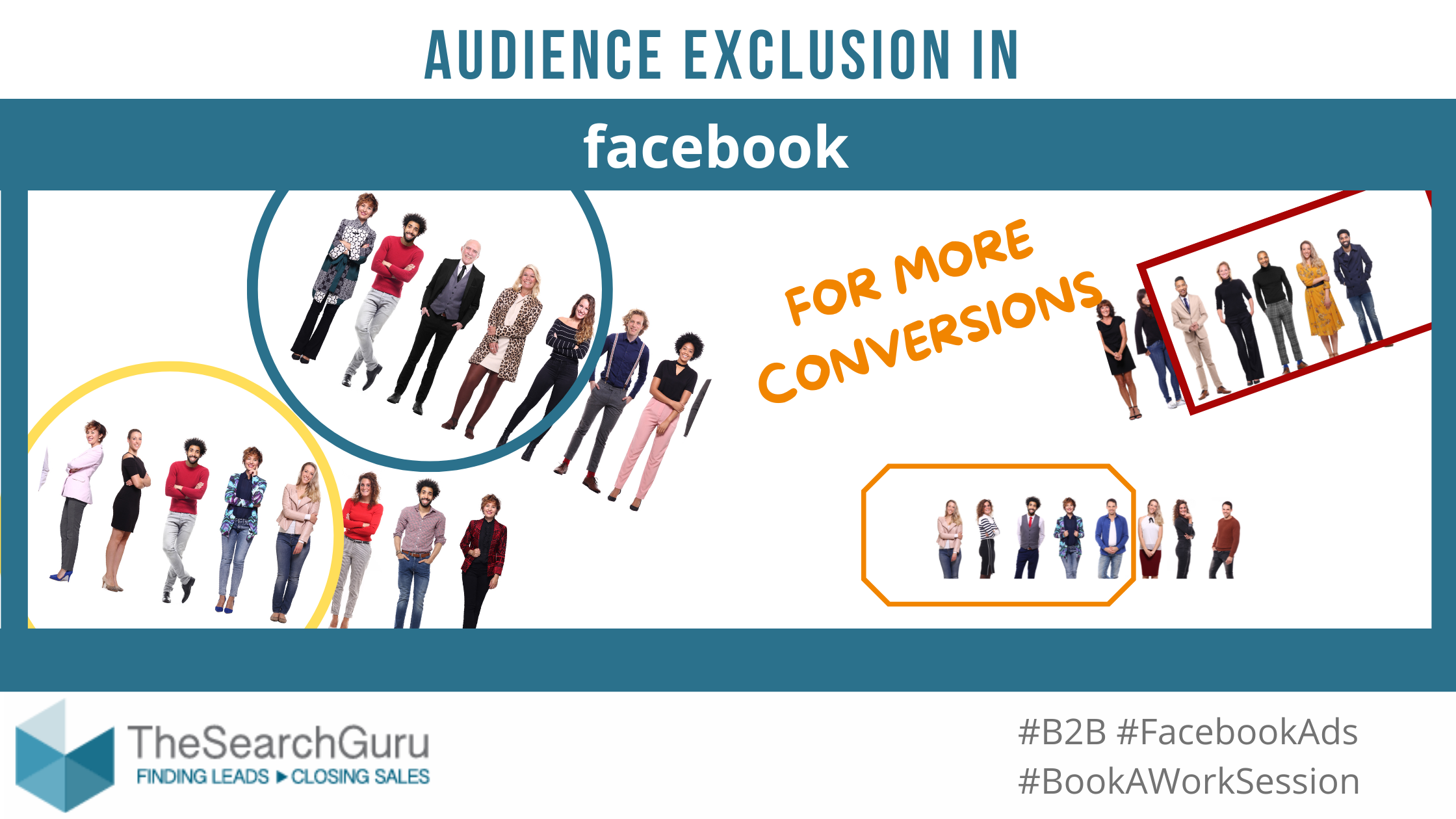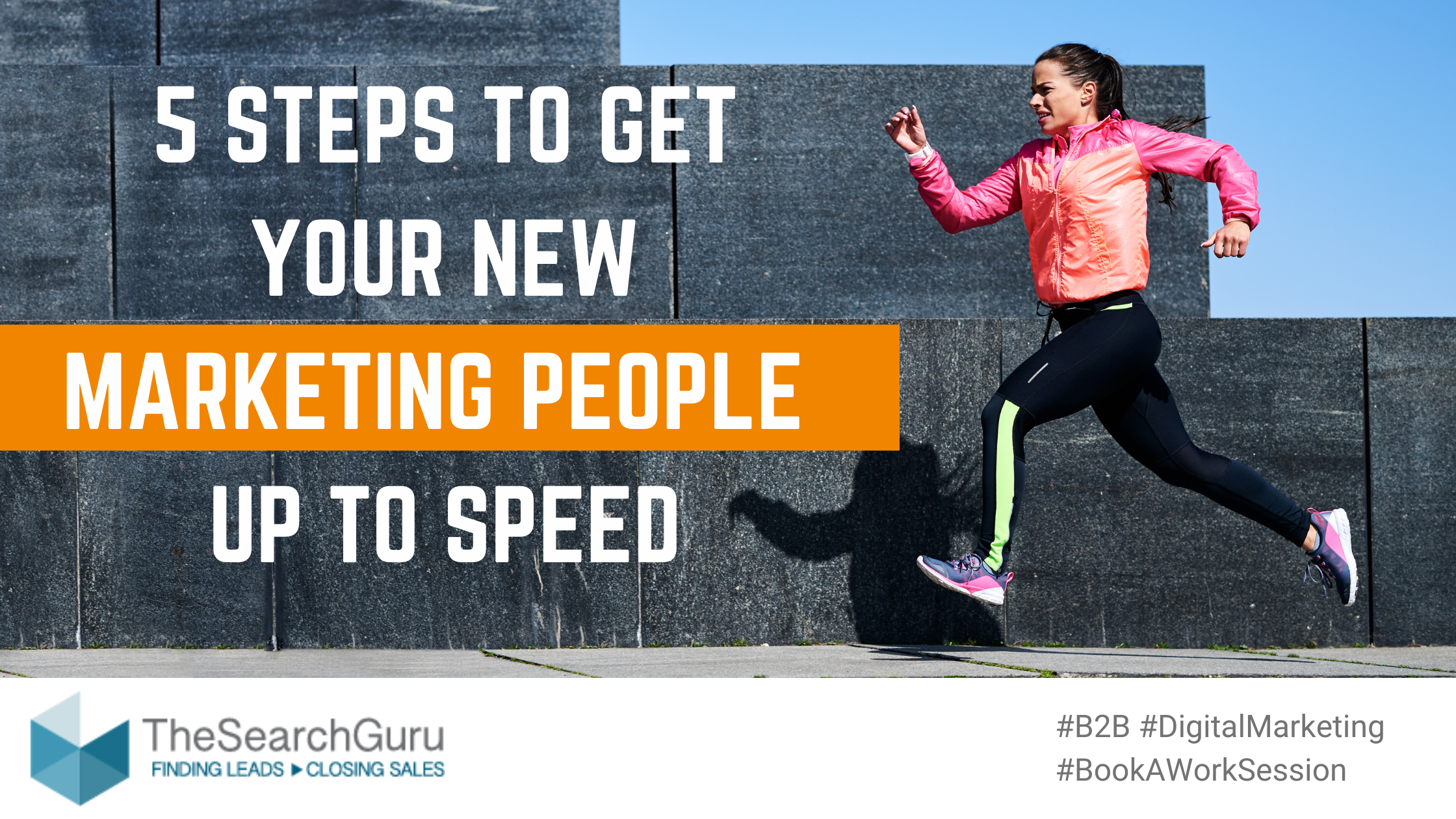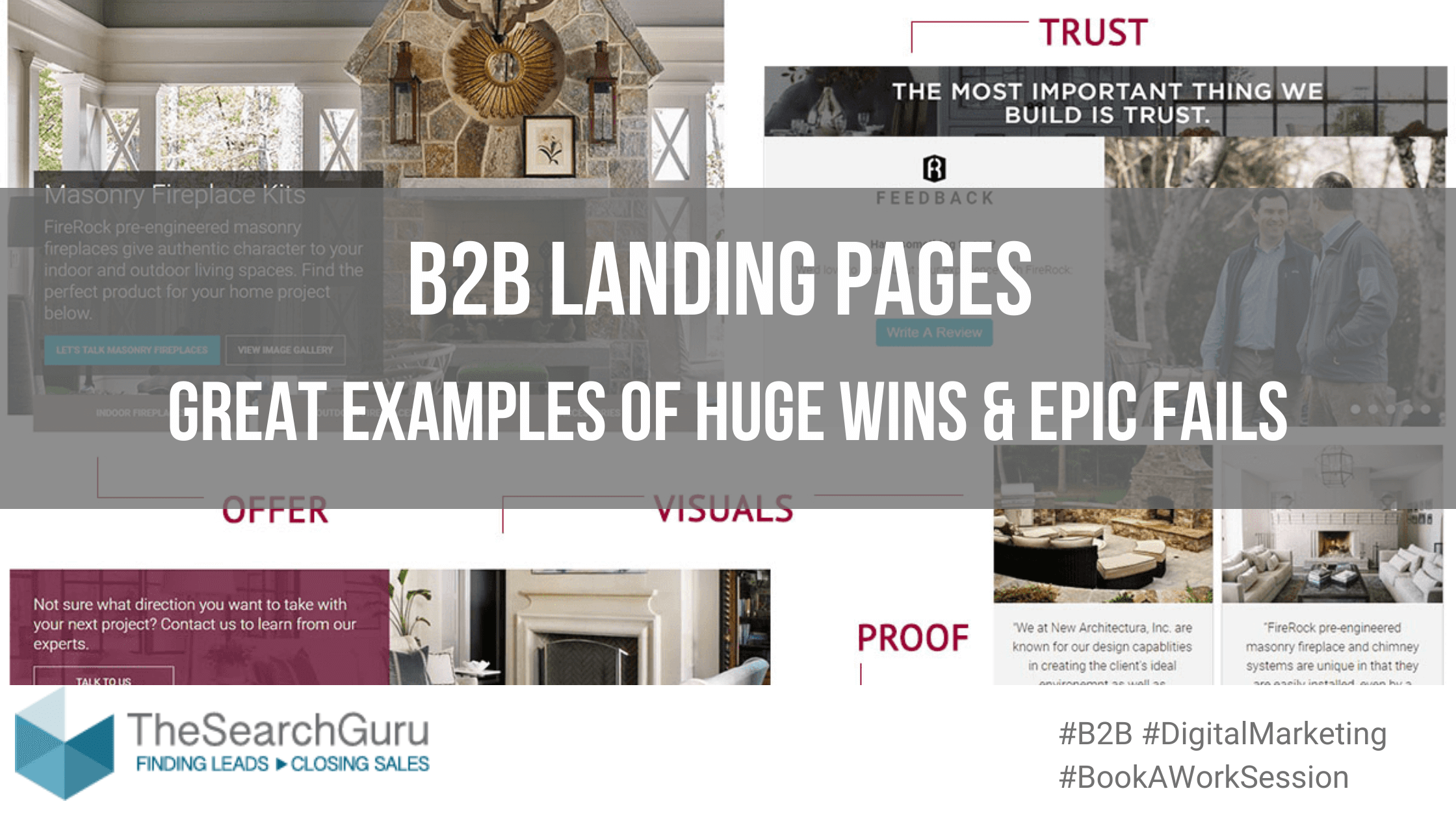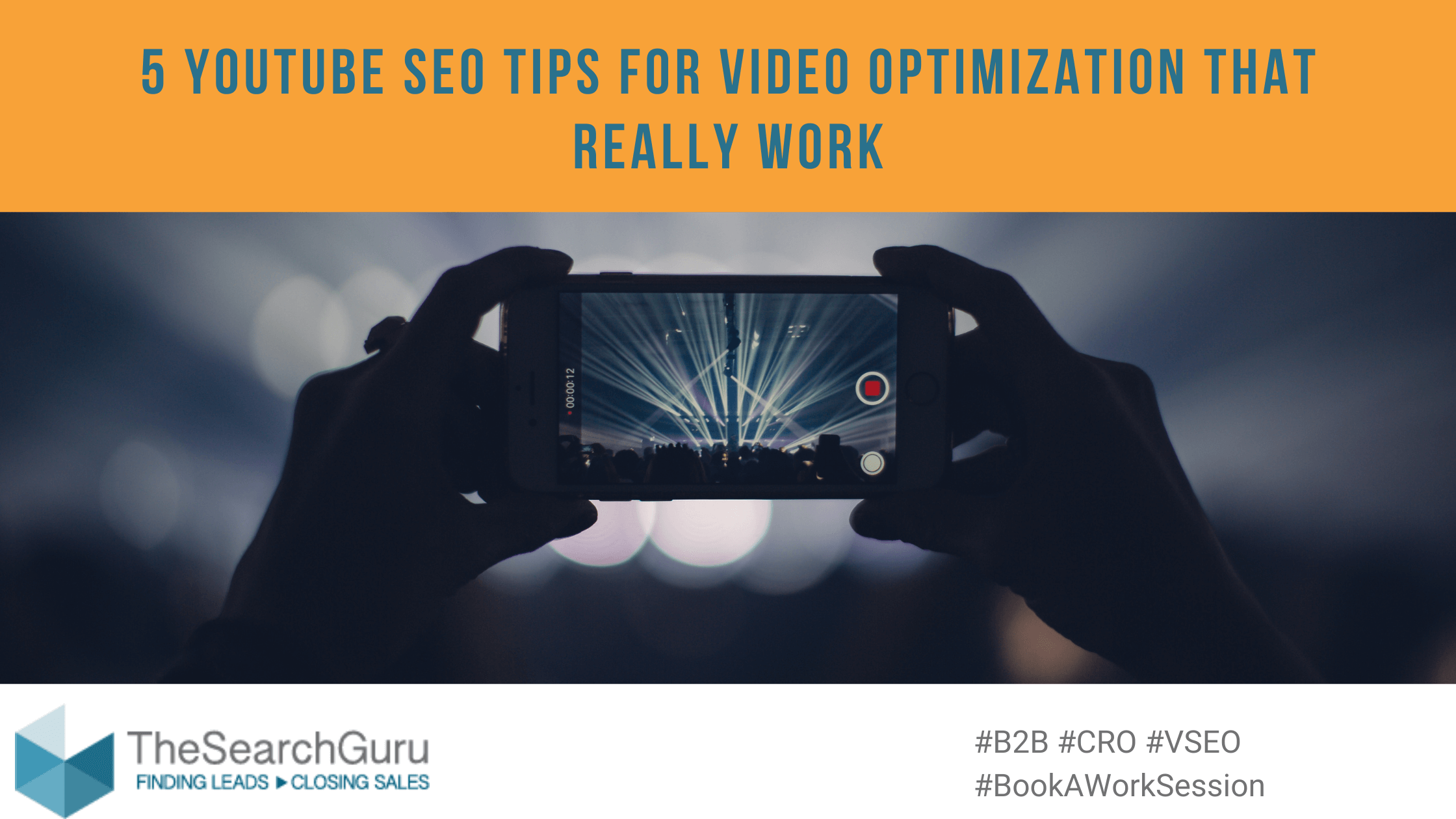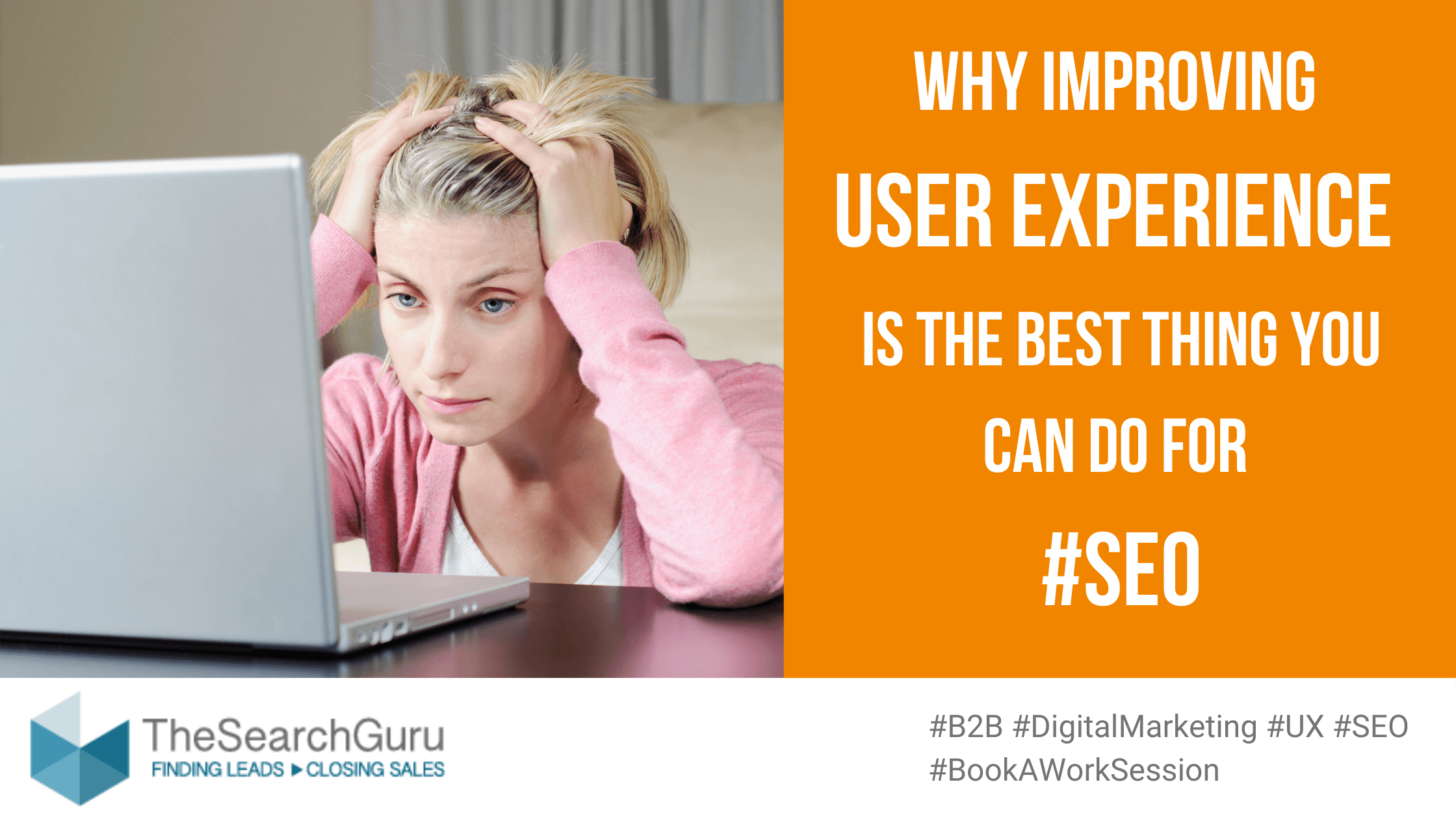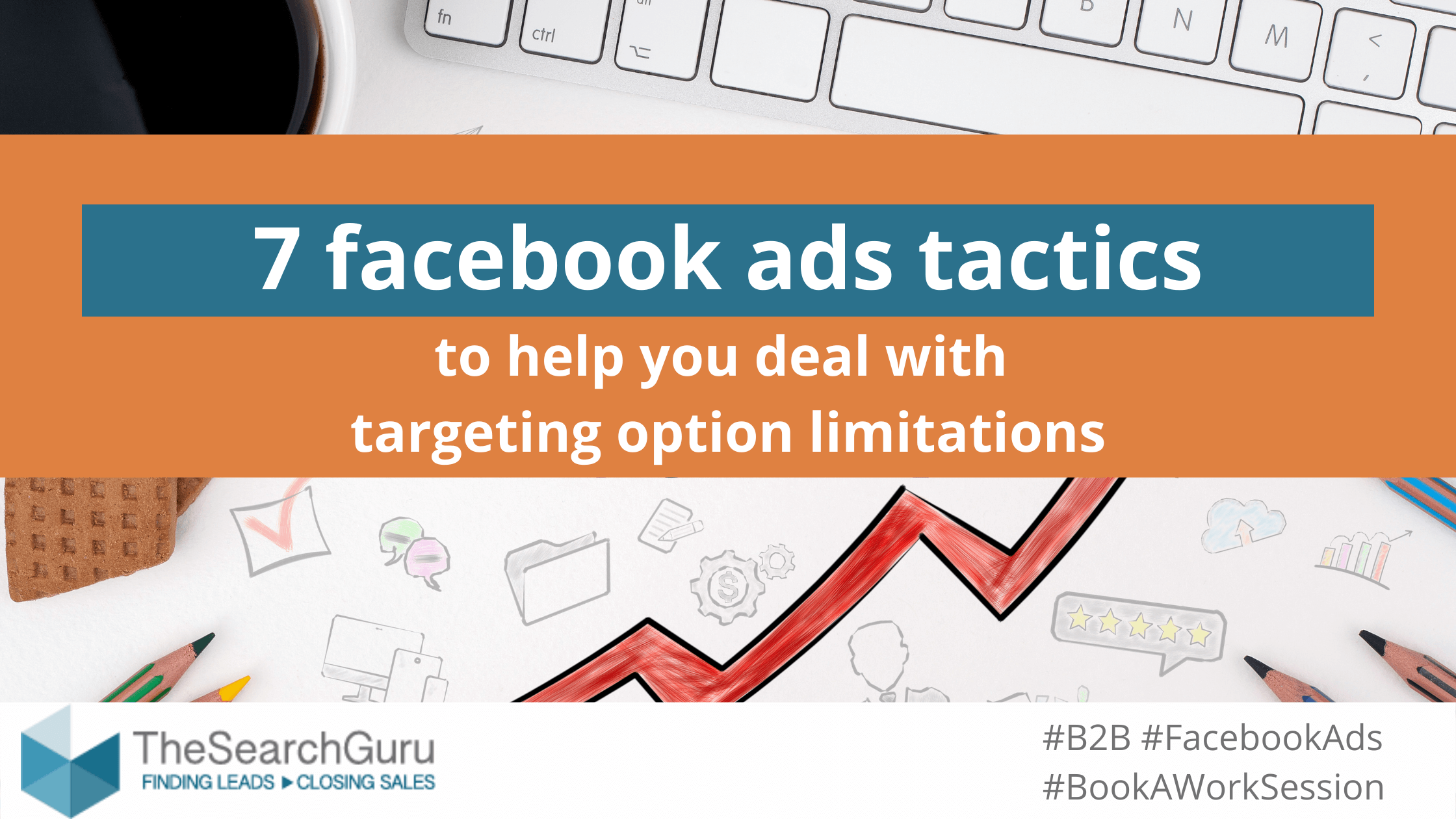How do you feel about ads following you on every website you visit? It’s a bit creepy, right? And then there are ads that follow you even after you’ve purchased from the website. That’s blatantly silly! Below, we’ll show you how to set up your Facebook ads so that you reach just the right people and don’t leave your customers feeling like you’re following them around the Internet.
What are Facebook audiences and why do you need to use them?
Facebook audiences are people who’ve already visited your website and who you can group based on certain criteria, such as:
- People who visited the website but didn’t view any product pages,
- People who visited the website and browsed products,
- People who visited the website and bought a product,
- People who have installed your app, and
- People who have never interacted with your website.
What can you do with Facebook audiences?
Facebook audiences can help you better target your ad campaigns. Here’s the most basic use of Facebook audiences via funnels:
- Top of funnel (TOFU) ads – These are ads you’re targeting to people who’ve never visited your site before. What you can do here is exclude all the people who have already been to your website.
- Middle of funnel (MOFU) ads – These people have visited your site but did not go very deep and stayed on the site for a very short time. MOFU targets are those who have been to the website but have never browsed any product pages.
- Bottom of funnel (BOFU) ads – These are the people with the highest chance for conversion; they’ve browsed a product. You want to show them the product(s) they’ve reviewed and perhaps other related products. With BOFU ads, you must make sure to exclude those who’ve already bought a product from you, so you do not annoy them—you may start to show them ads after a period of time has elapsed since they last visited your site, though.
How to set up audiences in Facebook ads
To start setting up audiences in Facebook ads, o go to your ad account via Business Manager/Ads Manager in Facebook. Go to “Audiences” under “Assets.”
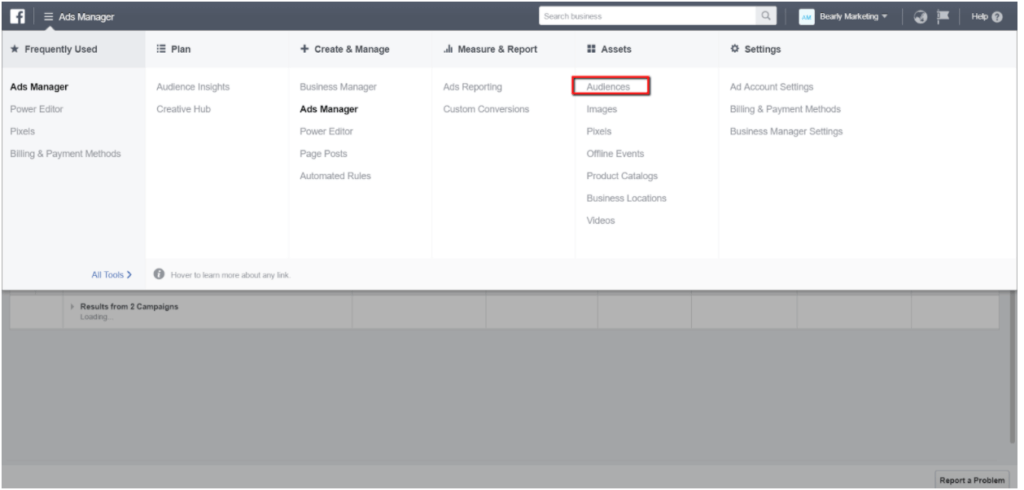
Then click “Create a Custom Audience.”
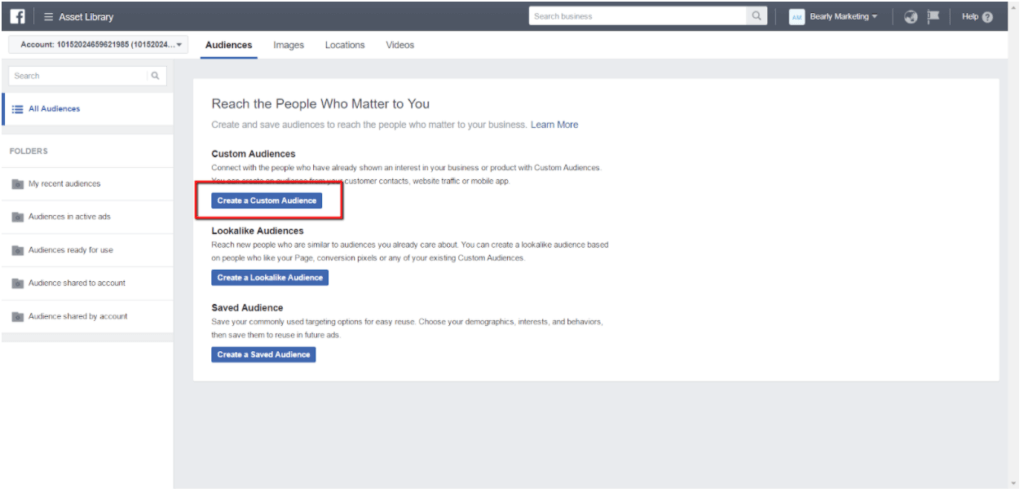 When setting up an account, create audiences for all standard events. The default durations to choose from are 7, 14, 30,180, and 365 days.
When setting up an account, create audiences for all standard events. The default durations to choose from are 7, 14, 30,180, and 365 days.
Not all audiences are needed in the beginning; just upload audiences that make sense for your budget. For example, less developed accounts will require a longer time frame of social engagement and website remarketing, while more developed accounts can leverage shorter time frame durations. Audiences can be adjusted depending on the frequency later in the optimization phase after you have enough data.
Ad sets framework and exclusions setup
Now that you have your audience available, you can create the ad sets framework and exclusions to ensure that the right ads are delivered to the right people.
Below is a list of exclusions for each step of the funnel that need to be applied to each campaign. The exclusions marked with X next to the funnel step need to be added to the campaign to ensure proper delivery.
Top of funnel (TOFU)
What to exclude:
At this stage, you should try to exclude all people who have interacted with the business, plus all customer relationship management (CRM) and pixel purchase data, so that you reach only new prospects.
So, exclude people:
- Who’ve interacted with an ad or watched a video in the last 30 days,
- Who’ve visited the website in the last 30 days, and
- Who’ve purchased in the last 180 days.
Middle of funnel (MOFU)
What to exclude:
At this stage, you are out to engage people who have interacted with the business on social media or who landed on the website but didn’t browse your products/services.
So, exclude people:
- Who’ve visited the website in the last 30 days, and
- Who’ve added an item to their cart or purchased a product in the last 30 days.
Bottom of funnel (BOFU)
What to exclude:
At this stage, you want to engage people who have viewed or added a product to their cart but didn’t purchase.
So, exclude people:
- Who’ve purchased a product in the last 30 days.
Customers (purchasers)
Customers – At this stage, you should try to reactivate past customers but exclude people who have recently bought from your business.
So, exclude people:
- Who’ve purchased a product in the last 90 days.
The opportunity to manage ads in FB via excluding audiences is an essential step to ensuring that you:
- Target the right people with the right messages in different stages of the sales cycle,
- Don’t waste ad budget,
- Stop annoying your customers, and
- Most of all, get more sales from your efforts.
Let’s work on this together: book a free work session
All companies we speak with have unique problems, and we’ve yet to find anyone who isn’t primarily plagued by too few resources. Take us up on a free training/work session where we can discuss your unique problems and offer solutions from top B2B marketers. Book one here:

